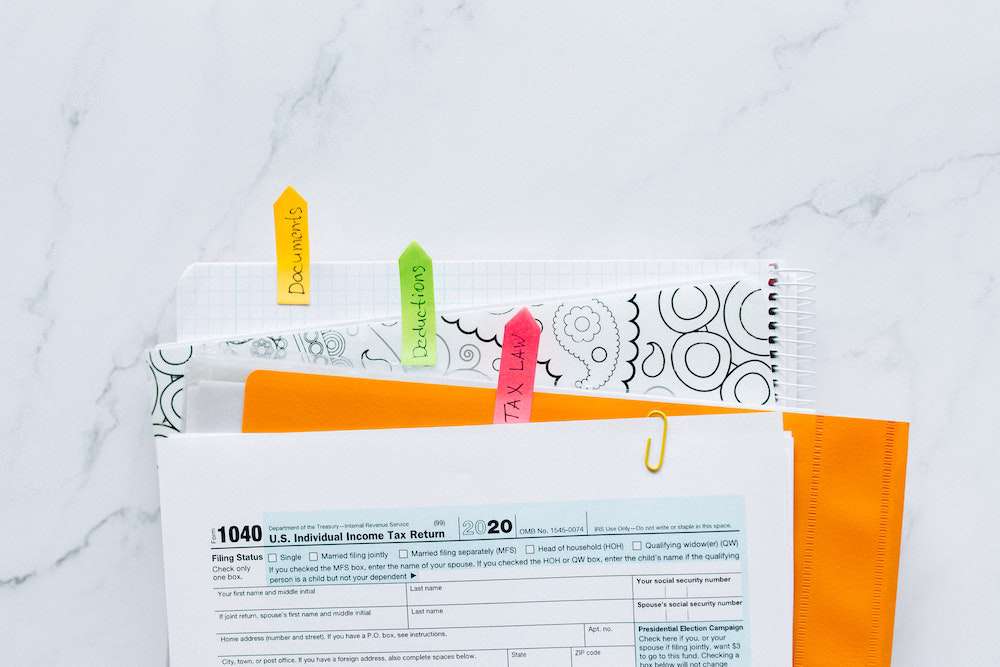What Are The Standard Sales Stages?

Billy, an entrepreneur from Leicester, NC, asked us:
“I want to hire my first dedicated salesperson to scale my revenue, but I don’t really know how to structure that kind of training. Are there standard sales stages I should be following?“
Thanks for the great question, Billy! And kudos for wanting to put some structure in place before hiring your first sales rep. Many new entrepreneurs neglect to do that, which makes it tough to sell your product or service competently, confidently, and sustainably.
That being said, there is no single sales strategy that works for every business across the board. If you Google “typical sales stages,” you’ll find a ton of information — most of which will probably describe similar activities and objectives. That’s the good news. The bad news, however, is that those sales stages will likely range considerably from too simple to super complex (and arguably over-complicated).
But fear not! We’ve got your back. We’re here to help you build a solid foundation for training your first dedicated salesperson. Let’s start with the sales stages outlined below.
- Qualification: Are you and your prospect qualified to do business?
- Presentation: Is there enough potential alignment to continue?
- Evaluation: How well are the buying criteria met?
- Proposal: What is needed to summarize the proposed relationship?
- Agreement: How do you make it official?
Now, let’s break these down.
Sales Qualification
Are you actually qualified to sell to the buyer? Do you meet their criteria? This step might seem like a weird place to start because we’re usually thinking about whether the prospective buyer is qualified to buy from us. The thing is, though, you can’t sell to someone who will never buy what you’re offering.
For example: If you sell high-grade industrial construction equipment, you’re not qualified to sell to a corner bakery. No level of persistence will ever get a small-scale baker to invest in a $250k bulldozer. But even if you’re in the right ballpark — let’s say you sell industrial kitchen equipment — you still might not be qualified to sell to them because that might only be a few degrees less absurd for their needs than a cement mixer.
In other situations, you may not be qualified because of license and bonding requirements. This happens all the time when you’re responding to a “request for proposal” (RFP) from a government agency, large company, or non-profit organization. Even if you have the perfect solution, you won’t be considered if you don’t meet their requirements.
Most salespeople are far more familiar qualifying potential customers and determining if they’re ready, right, and able to buy your product or service. Getting great results from this kind of qualification means having some real discipline, though, and being willing to walk away from a deal that isn’t a good fit.
Sales Presentation
Once you’ve qualified the prospect, it’s time to start talking about how your product fits their needs. You’re establishing a premise for a business relationship and looking to see how well reality aligns with it. This step includes all the demos, testimonials, and case studies you have to make that case.
This step can be tricky for new businesses that haven’t yet brought their products to market. If you’re in a software company, for instance, and you have a new app you’re selling, that’s going to require at least a tech demo showcasing the core functionality. If you’re selling a physical product, you are most likely going to need a physical prototype. If you’re pitching a service, you will need a clear outline of how that service will operate.
The key here is to make sure your sequencing is right. You want to capture the buyer’s attention and lead them through the product experience as naturally as possible. This means knowing what their questions will likely be at each stage and having the right answers ready. Preparing for that will allow you to get to an “agreement in principle” — which confirms they want and need what you’re selling — even if your actual product or service isn’t yet available. Not doing this is more like throwing spaghetti against the wall and hoping something sticks.

Sales Evaluation
This step is all about determining the final actions needed prior to making a final decision. Before you can start on the evaluation stage, it’s essential you establish an “agreement in principle” first. If you haven’t reached this agreement during the demonstration phase, you aren’t ready to move to this step.
Once the prospect has confirmed they need what you’re selling, the question then becomes, “How well does what you’re selling actually fit those needs?” At this stage, it’s appropriate to let them test the product for themselves. This is where test drives, free trials, and product studies take place.
The buyer’s internal needs drive this process, and it’s all too easy for the seller to try and overcompensate by offering evaluation tools too early. That can get expensive, and in many cases, the most costly part of the evaluation is things the buyer doesn’t expect or need to make their decision. Instead of offering an expensive trial set up and integration for a technology product, for example, all the buyer may actually need is to talk to a previous client about their results. There’s no better way to find out what they need than to ask them.
Sales Proposal
A proposal is simply your recommendation about what the prospect needs to see the results they want. This can be a formal proposal (like the contracts you would see in everything from a mortgage agreement to a cell phone contract), or it can be an informal agreement (like a verbal quote). The important thing here is to get confirmation on the contents of this proposal.
You never want to assume what the prospect needs. Even if every agreement you’ve ever had with a customer has been identical, you want to make sure the prospect’s needs are reflected. Another approach to the proposal is to ask the prospect, “What do you need to see from me in this proposal order to move forward?”
Sales Agreement
The final step of the process, and one of the most obvious in terms of getting a successful result, is none other than the sales agreement. That said, it’s essential to handle this stage properly and with the same style as the others. That means seeking direct feedback from your buyer. The last thing you want to do is make a big, deal-breaking mistake as you’re wrapping things up.
So, ask them, “What do you need to see from me before we finish the agreement?” You might find the types of agreements you have are problematic for your buyer, or that those standard agreements are overkill for their needs. You’ll have your own legal needs and terms and conditions that serve to protect your business, but in some cases, these agreements can be simplified to take the anxiety out of the deal for the buyer.
That’ll do it for now. Ready to get that sales structure in place? Hopefully, these sales stages can help. As always, if you have any questions about this or other topics, feel free to ask us.
Share this Question!
Want to write an article for our website? Learn more and submit a guest blog here.


